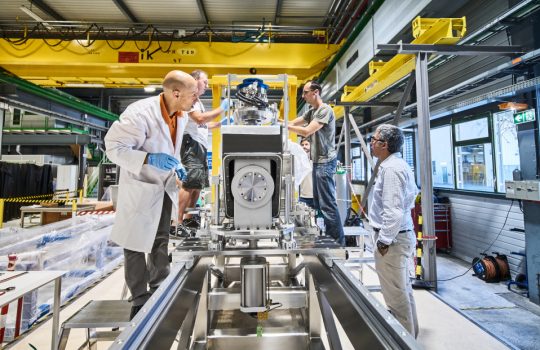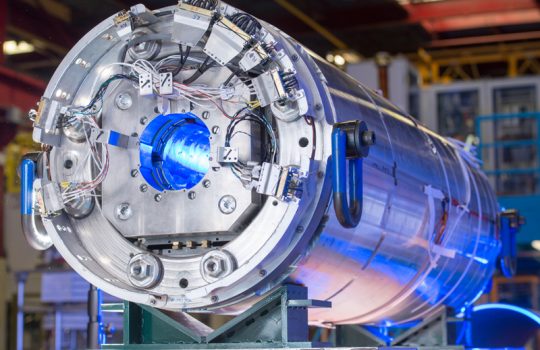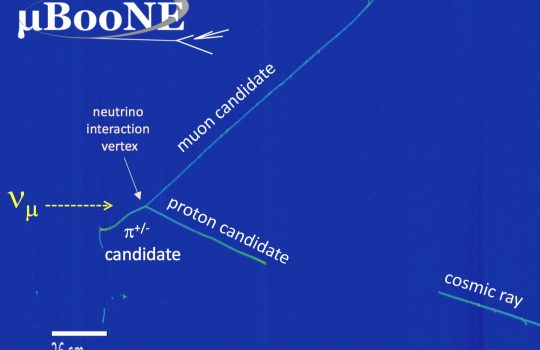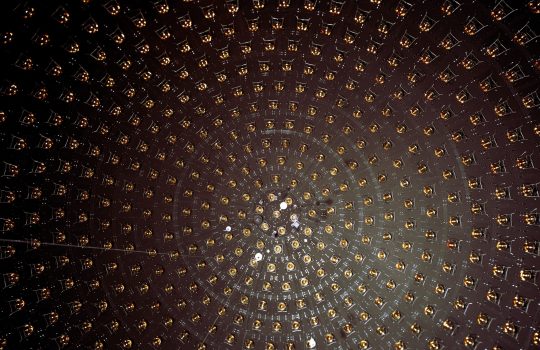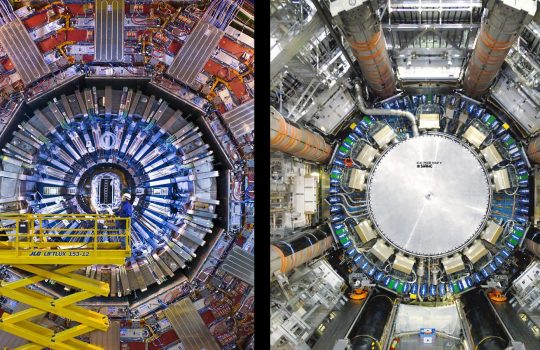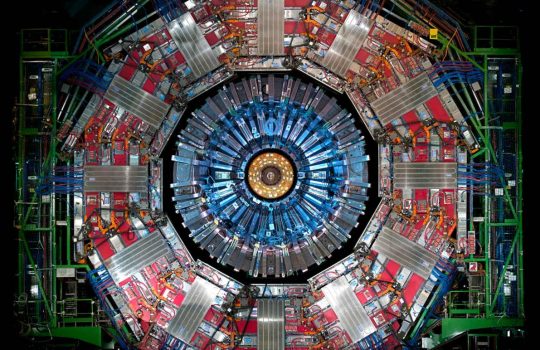Fermilab, United States contribute to major upgrade of the Large Hadron Collider
A groundbreaking ceremony at CERN celebrates the start of the civil-engineering work for the High-Luminosity LHC. Fermilab is leading the U.S. contribution to the HL-LHC, in addition to building new components for the upgraded detector for the CMS experiment.

